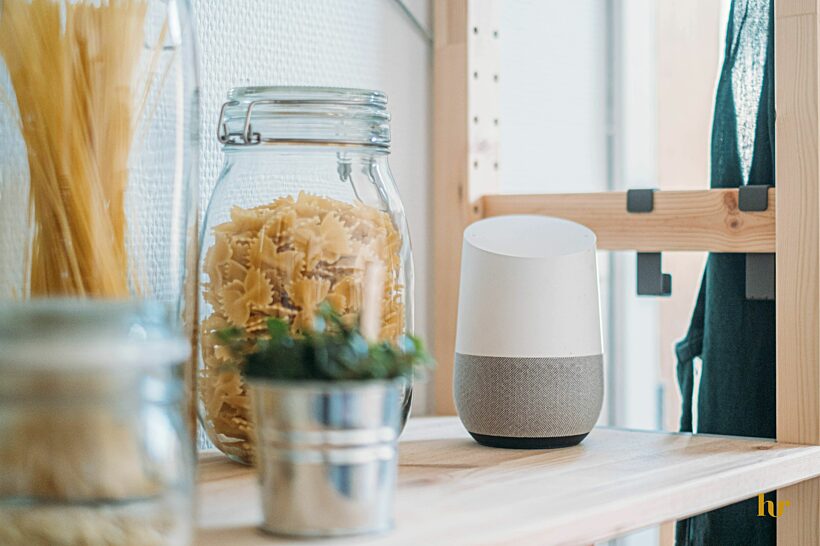
Making a scene: How to activate multiple devices simultaneously?
Welcome to the future of home automation, where living spaces come alive with the touch of a button or the sound of your voice. Today, our homes are transforming into intelligent ecosystems, and at the heart of this transformation are so-called "scenes." We'll explain everything you need to know about scenes and their purpose in just 5 minutes.
What is a "scene"?
In smart home terminology, a "scene" refers to a predefined and coordinated set of actions or settings that can be triggered simultaneously with a single command or action. Scenes are designed to make it easier for homeowners to control multiple smart devices at once and create specific environments or scenarios in their homes in a split second. Activating a scene usually happens through voice command or on a control panel, but even a motion sensor detecting movement can trigger a scene.
Let's make it more concrete with some examplary scenes:
- Goodbye: Turning off all lights, locking doors, and setting the thermostat to an energy-saving mode when you leave home.
- Welcome home: Turning on the entryway lights, disarming the security system, and adjusting the thermostat when you arrive home.
- Dinner party: Dimming the lights in the dining room, playing soft music, and adjusting the lighting for a cozy dining experience.
- Sleep mode: Turning off all non-essential lights, locking doors, and setting the thermostat for a comfortable night's sleep.

How does a scene work?
In theory, the way a scene functions is fairly simple:
- Start by defining actions from corresponding devices: A scene allows you to customize what happens when it's activated. You can specify which smart devices should be turned on, off, or set to a specific state, for ex. adjusting the thermostat to a certain temperature or dimming the lights.
- Then test your commands: Once you've configured a scene, you can activate it with a single command or action. Voice assistants, control panels or a smartphone app are the most commonly used appliances to generate a command.
- Take it a step further with hassle-free automations: Scenes can also be tied to automation rules. For example, you could set up a scene that activates automatically when motion is detected in your home office, turning on the lights and adjusting the temperature to orchestrate the perfect, productive work setting.
Tips on managing automated scenes
1. Compatibility is the condition
Installing a scene, essentially comes down to activating several devices all at once. That means that the smart devices you select for your scenes need to be compatible with each other as well as with your chosen smart home platform (e.g. smart speaker or control system).
2. Rely on professional guidance from the very start
Though the essence of automation scenes is easy enough, the setup can be more challenging, as it relies on the initial installation of your smart devices. If you had a professional involved from the start, you can trust on a correct installation, as well as swift maintenance and assistance in managing scenes.
3. Document your settings
Keep a record of your scenes on your computer, including details like which devices are included and their settings. This documentation can be valuable for troubleshooting and future reference.
Unlock your home's full potential
Home automation scenes are the keys to unlocking the full potential of your smart home. By carefully planning, configuring, and customizing scenes to suit your needs, you can transform your home into a more efficient, comfortable space. So, get creative, explore the possibilities, and make the most of your smart home technology!


